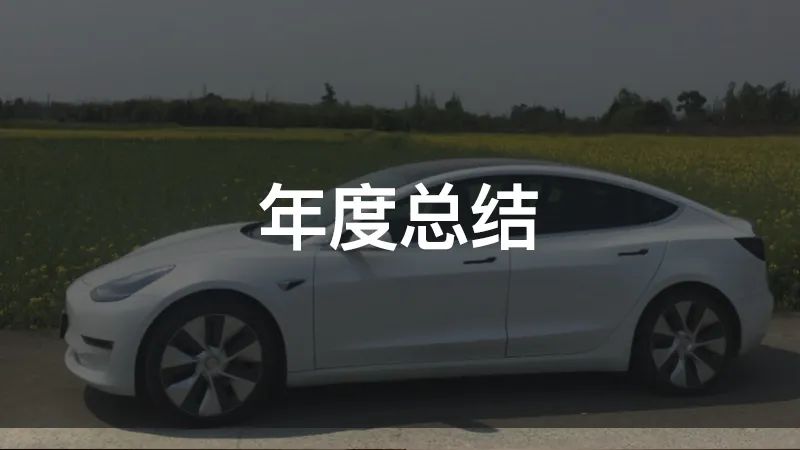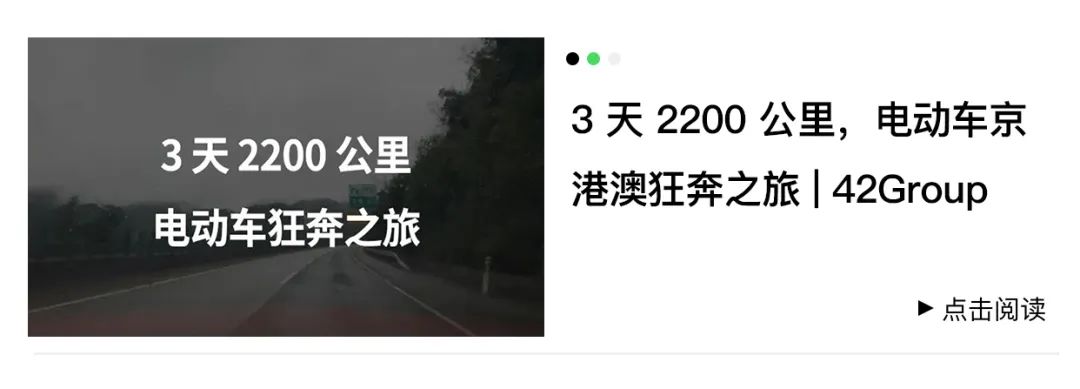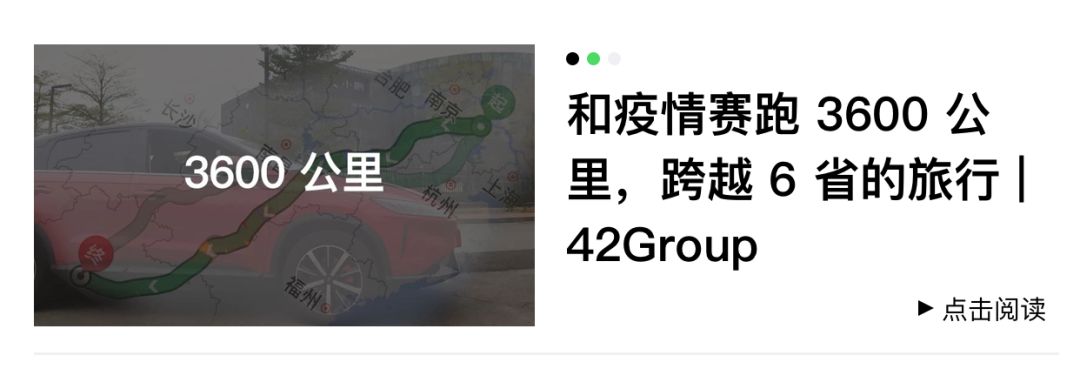*This article comes from the perfect ideal of 42HOW community members*
Tesla Model 3 high-performance version, driving 20,000 kilometers across six provinces in one year, summarized from the perspective of daily use.
Background Introduction:
The owner is a software industry product manager; my Model 3 is called “Cloud Kick”, it is the main car at home, and the other one is Smart.
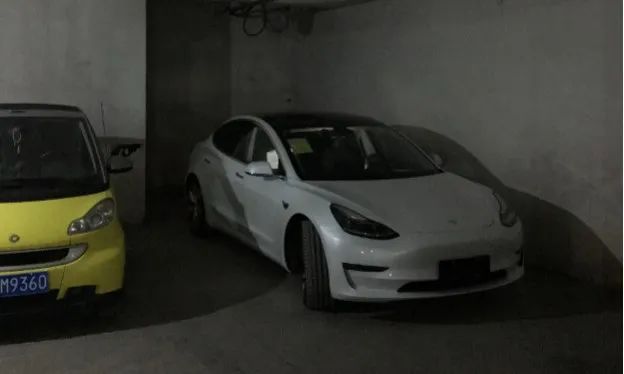
Before Buying
- Decision Process
I had been paying attention to hybrids before. The Hybrid Jia Mei looked too old-fashioned, the Accord was too easy to steal, the Lexus ES300h had to wait seven months for delivery, the Acura CDX Hybrid only received four stars from C-NCAP, and the BMW X1 and 5 series Hybrid refused to promise that the engine wouldn’t burn oil. After ruling out all of these options, I thought it was better to go straight to Tesla electric cars.
- Reservation Process
I saw the Model S a long time ago, and my boss even test drove it. The only downside was that it was expensive. Even after calculating the financial plan for the low-end model with assisted driving, I still couldn’t bring myself to spend so much money.
Later on, I saw that the US had delivered the Model 3. Although I didn’t know when it would be delivered in China and had never even seen the actual car, since the price was within an acceptable range, I still blindly reserved one on the official website in January of 2018.
More than half a year later, a few exhibition cars arrived in China. I was excited and went to see the actual car. From booking the car to delivery, I never test drove it or even got into the car. I just touched it like this.

- Before Delivery
I waited patiently until the end of 2018 when delivery in the Chinese region was soon to come. I received the option invitation and chose the high-performance version that far exceeded my budget under its appeal. At that time, the price of the bare car was around 600,000 RMB; Later, the price was reduced several times, and the actual purchase price was 560,000 RMB including FSD (fully autonomous driving capability futures).
- Install Charging Station
After paying the second installment, I received the charging station and began to prepare for the installation. I went to the State Grid and asked about the installation procedures: I needed the property ownership certificate or a five-year lease contract plus a written consent from the property management for construction. I found the property manager and asked them to provide a written consent for construction.The property management manager despised my action of reaching out to the State Grid, saying that it was unnecessary trouble since he could directly provide me with 380V power line.
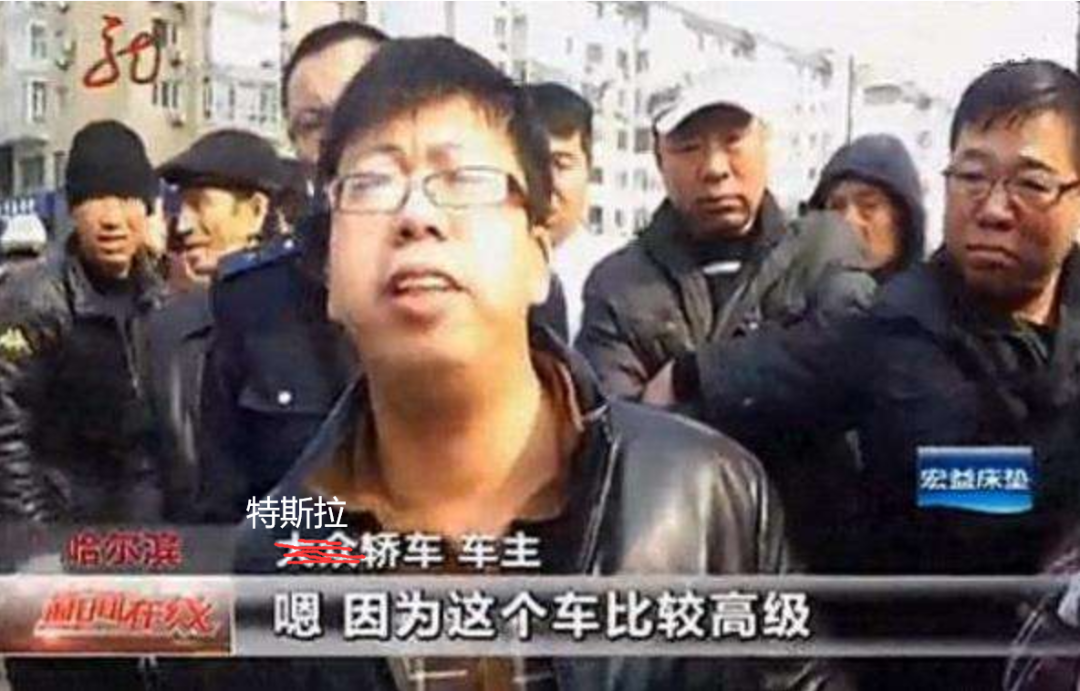
I said, well, because this car is relatively high-end and the charging pile output is as high as 11 kW, I am afraid it will have a negative impact on the power capacity of the community. So, I asked the property manager about the capacity of the community power supply. He provided a huge number, but I forgot the exact value. I just remember that I felt very embarrassed at the time… The problem of charging pile connection was solved.
There is no individual meter in my community, and the implemented electricity rate is a joint meter price, which is approximately 0.54 yuan / kWh.
I must say that our property management is very progressive. Many car owners in the group were charged a few thousand yuan for the capacity-enhancing fee by the property management.
Tesla entrusted Suning’s professional installation personnel to install the charging pile. The installation did not involve drilling through walls and all went through bridge frames. The installation process used a 40-meter, five-core, ten-square-wire from the power source to the parking stall, and there was no additional cost within the free 80-meter installation range provided by Tesla. The installation personnel also conveniently installed a charging pile remote lifting device for me.
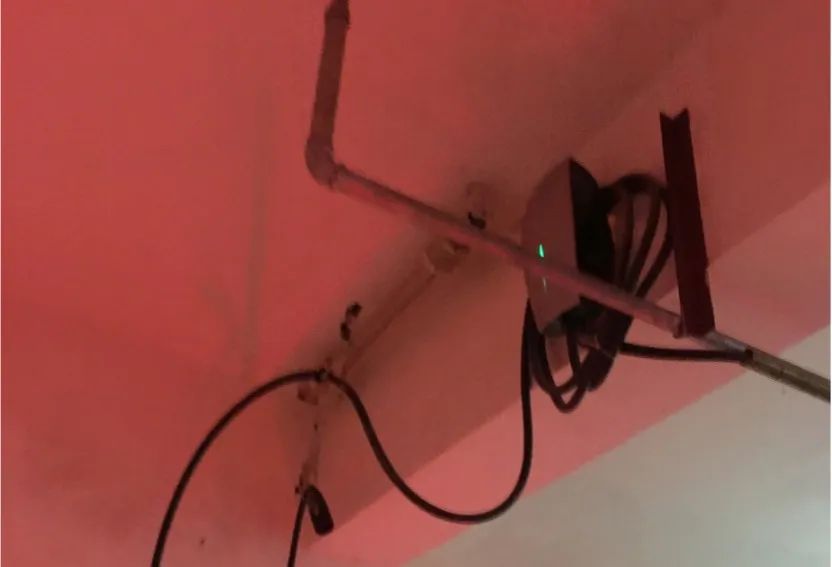
- Waiting for Delivery
To be honest, the experience of waiting for delivery was very poor. In order to increase production capacity, Tesla did not produce according to orders but blindly produced a batch and then matched orders, which led to customers who paid later received their cars earlier than me. This feeling made me seriously consider returning the car, and I even flipped through legal terms for a few days and prepared to go to court.
However, what would I buy if I returned the car? It’s like entering a restaurant, ordering food and not receiving any service, while others who came after me have already started eating. If I flipped the table, saying that I would not eat and stormed out, I would look around and realize that there are only shops selling pig feed. In the end, I could only come back and wait for my food…
I brushed my Twitter feed every day and followed a bunch of Tesla bears, analyzing aerial photos of San Francisco Pier 80, hoping to spot my white car. I checked the ship information website every day and hoped that the Roll-on/Roll-off ship would arrive at the port soon, and checked its destination…
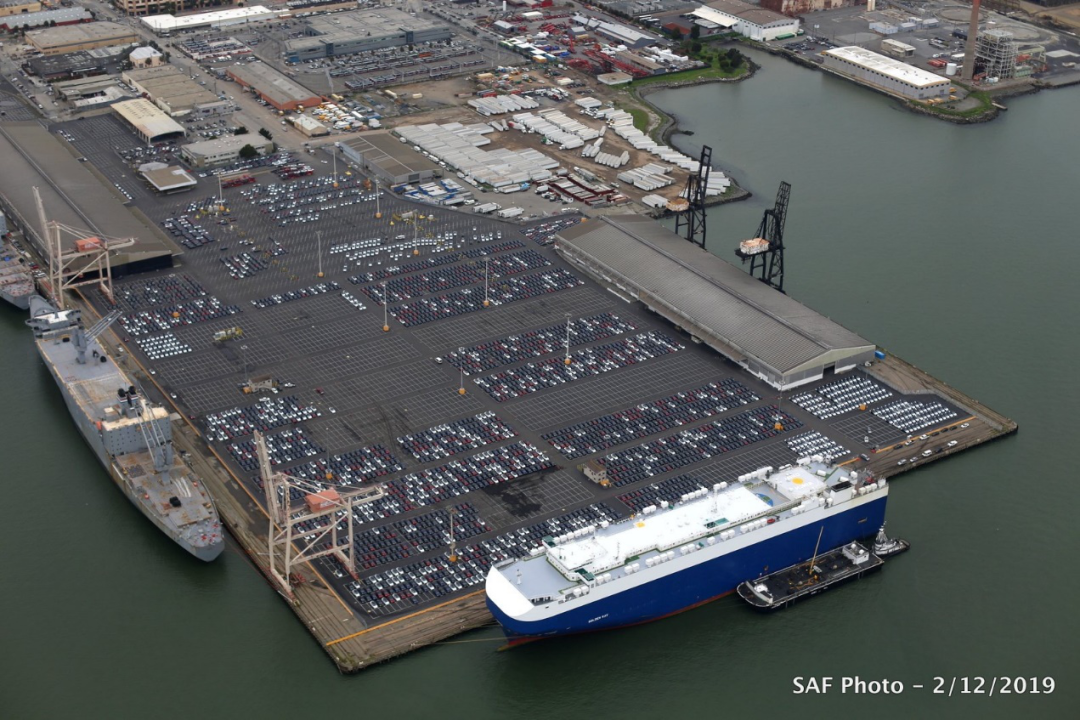
When my white performance version car arrived after a long overseas voyage, all my unpleasant feelings disappeared.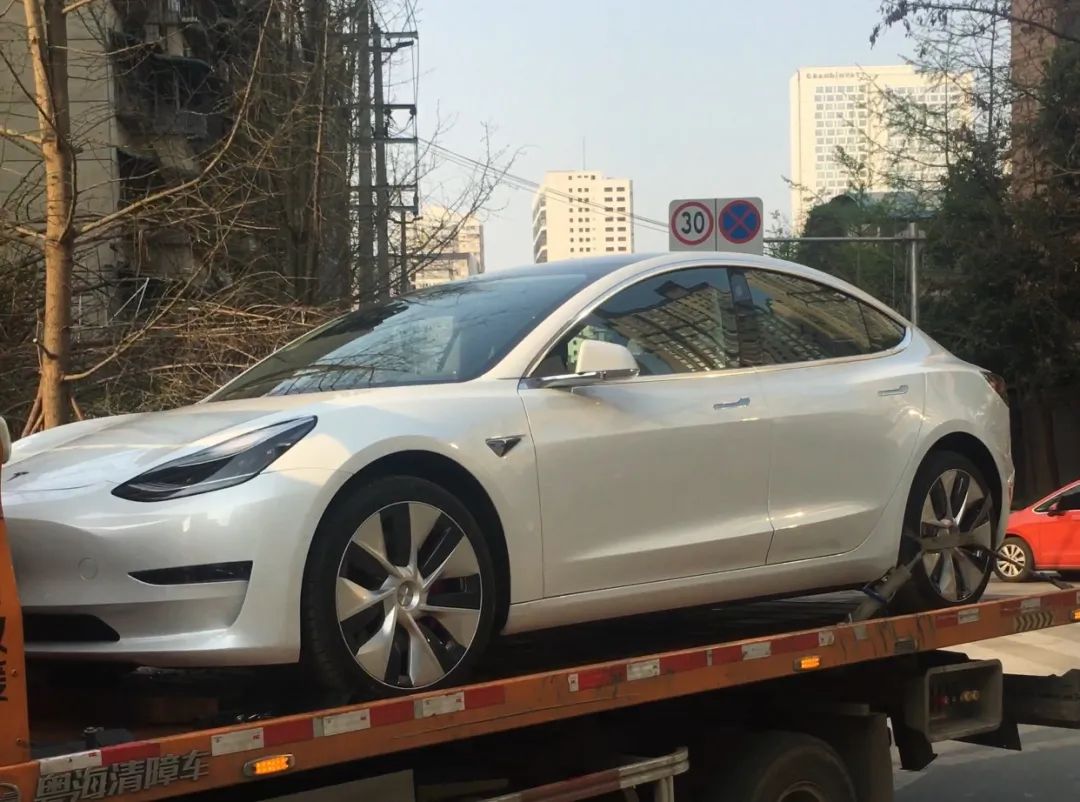

After Receiving the Car
- Summer Driving Experience
As mentioned in a previous post about the summer driving experience, I drove about 10,000 kilometers throughout the summer, with a single trip of over 4,000 kilometers from Chengdu to Zhuhai. I did not apply any film to my car windows, and the air conditioning was kept at a constant temperature of 22 degrees Celsius while the highest driving environmental temperature was measured at 40 degrees Celsius.
On weekdays, I would take a one-hour nap, play games, listen to music, or just sit and relax in the car with the air conditioning on at noon. The total average power consumption is about 15.x kWh/100 kilometers.
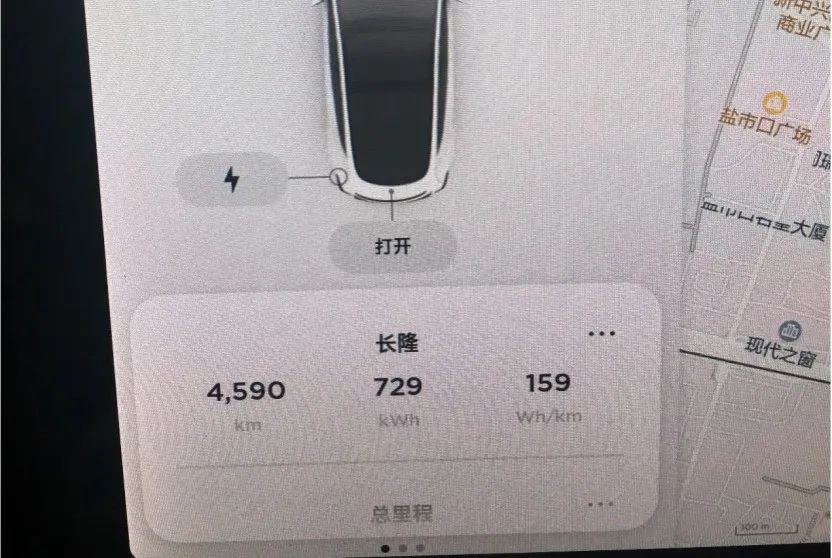
- Winter Driving Experience
I drove for about 10,000 kilometers in the winter, with the furthest trip being to Xi’an. The driving environmental temperature was as low as 1 degree Celsius, and the air conditioning was set to a constant temperature of 20 degrees Celsius. The power consumption for heating was similar to that for cooling during the summer, possibly due to the fact that Chengdu’s winters are not as cold as those in northern China, where the vehicle’s range would be reduced by half or even 70%.
- City Driving Range
Since I do not usually wait until the battery is nearly drained before charging it, I do not have the complete data on city driving range. However, I can estimate that when I drive to and from work for 40 kilometers each day in the spring and fall without air conditioning, the power consumption is about 12.x kWh/100 kilometers.
When driving with air conditioning in the winter and summer, the figure is around 15.x kWh/100 kilometers. If the recommended charging range of 10%-90% is followed and a battery capacity of 60 kWh is available, then the city driving range in the spring and fall would be 428 kilometers and in the winter and summer it would be 375 kilometers, which roughly equates to the need for charging once every nine or ten days.
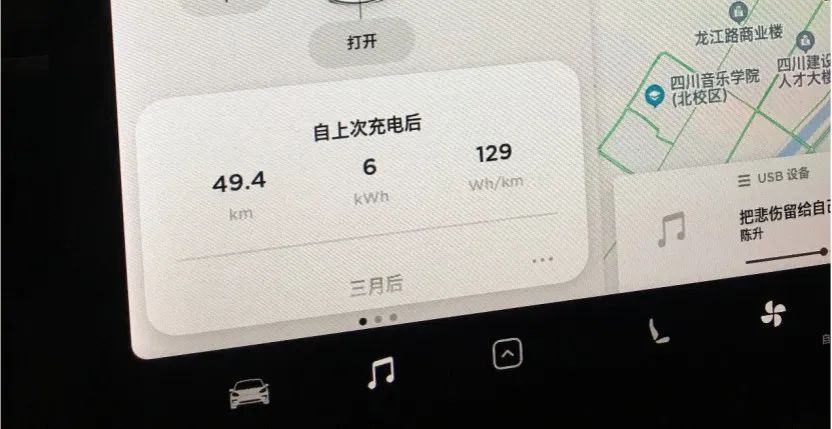
- Highway Driving Range
By maintaining a speed of 120 km/h with air conditioning turned on, 400 kilometers is achievable.
It could be even longer if the speed is slowed down to 110 or 100 km/h, although I have tried multiple times, I quickly gave up as driving that slow is just too boring.
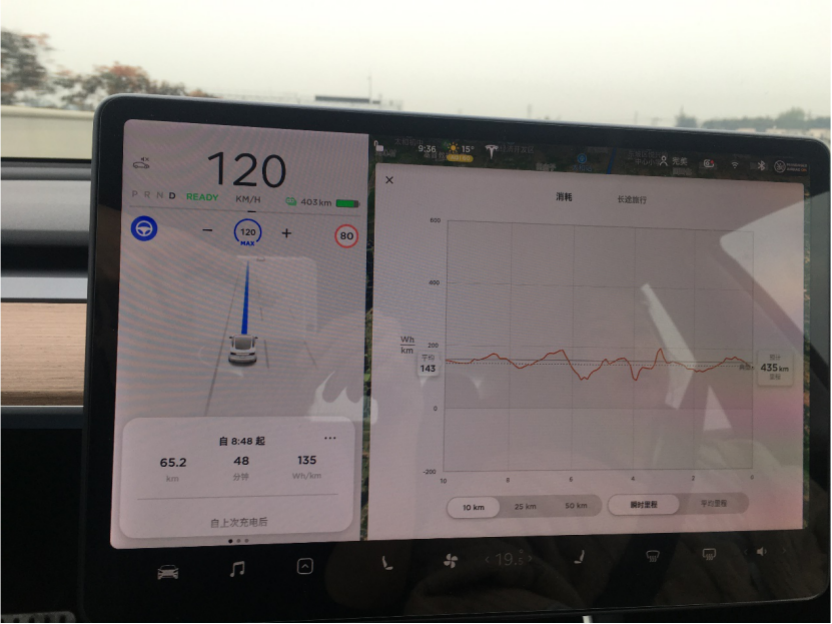
- Range Anxiety
This is a pseudoproblem when you have a charging point at home. After work, plug in the charging cable and set the charging level to 90%. The display shows a range of 449 km every morning. Even maintaining a speed of 120 km/h, the car can cover more than 400 km, which meets all my daily driving needs.
Even when taking long trips, I don’t feel anxious. The lowest display range I’ve experienced was 28 km in Hengyang, Hunan Province. However, I was not worried because I knew Tesla’s display range is accurate and could easily reach the next Supercharger station within a few kilometers to replenish my car’s power.
South of the Hunan Hu Huanyong Line, within 400 km, there will inevitably be N Supercharger stations available for charging, which eliminates any anxiety about driving long distances, as long as you do not venture into Xinjiang, Qinghai, or Tibet.
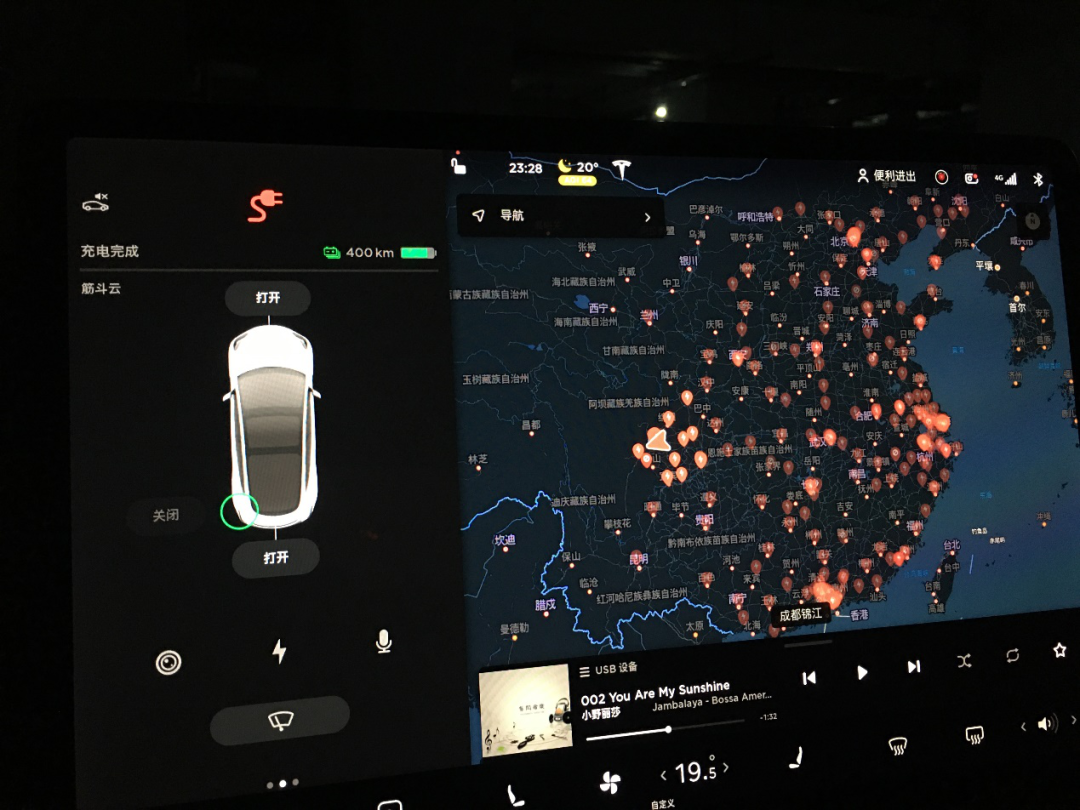
- Charging Experience
At home, I use a 380 V AC charging point with a power output of 11 kW, which can charge my car for 70 km of range per hour. Since my round-trip commute is only 40 km, the car finishes charging shortly after I get home.
At Tesla Supercharger stations, which are usually located in hotels and shopping malls, they have recently upgraded to V2 with a maximum output of 120 kW. Charging from a range of 20 km to 440 km takes only about 50 minutes, which makes it very convenient to charge during meal times.
After a year of use, I can say that Tesla’s Supercharger stations are well-maintained with an extremely low failure rate and low occupancy rate, and I have never had to wait in line or been blocked from charging by a gasoline car.
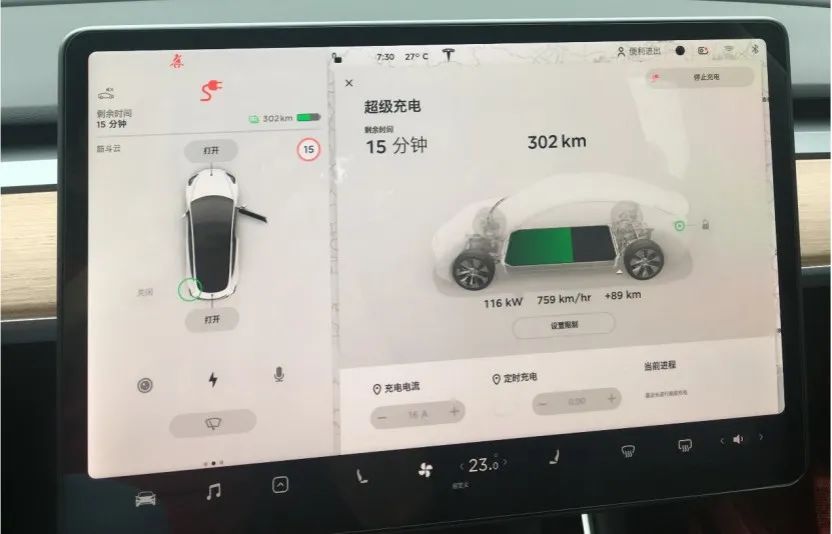
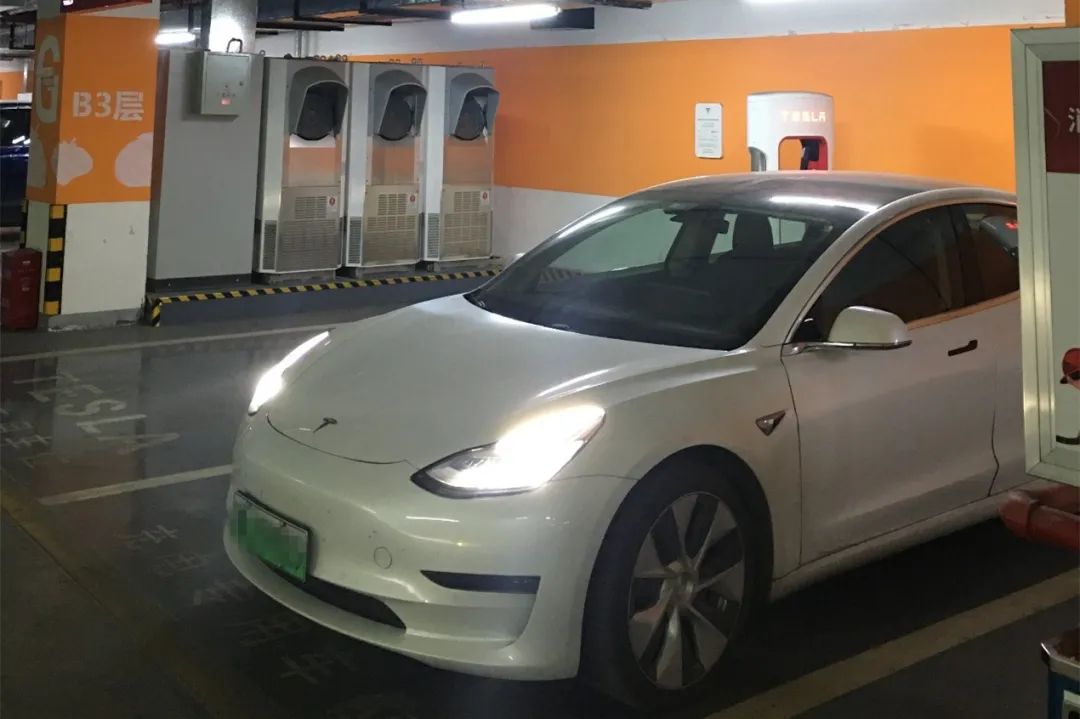
Great User Experience, Plug and Charge, With Automated Charging Bill Generation and Payment via Credit Card.
State Grid Charging Pile: Used three times, all were high-speed service area DC fast charging, can be charged or not just for fun, with the fastest speed of 40 kW in three times.

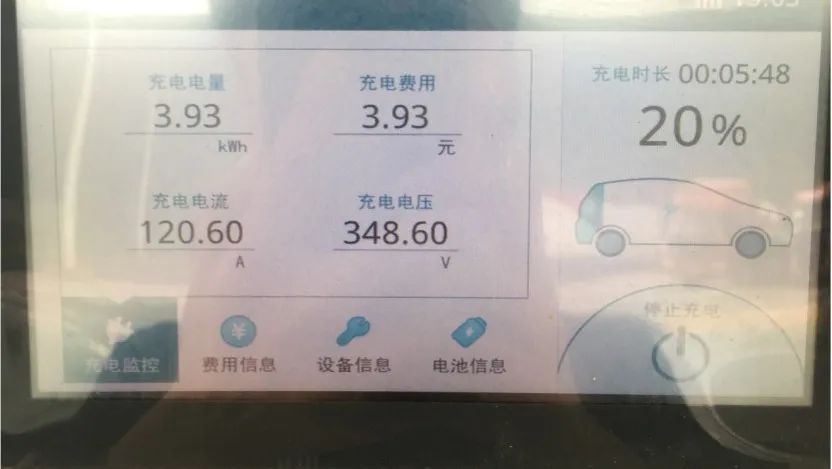
It is rumored that the fastest charging pile in China can reach 180 kW, faster than the Supercharger. However, this is a matter of luck. Generally, the user experience is not good. The charging process is as follows: Confirm that the charging pile meets the 2015 national standard, open the charging port, plug in the charging gun, make sure it is connected, select the charging amount, generate a QR code, and scan the QR code to pay.
This year, State Grid has been criticized a lot, and the process has been improved. It is possible to apply for plug-and-charge service, which can automatically use the balance for payment after the vehicle’s VIN is bound. I have successfully applied but have not used it yet.
Third-party charging piles: Haven’t used any such as TELD, Star Charge, etc. Installed the App before taking the car, but uninstalled later. Completely unnecessary.
- Driving Mode
I use the sport mode, do not consider energy-saving at all, run as fast as I can within the speed limit, and drive as I like.

Operating Cost
Up to today, the home charging pile has consumed 3,357 kWh of electricity, costing RMB 1,779.
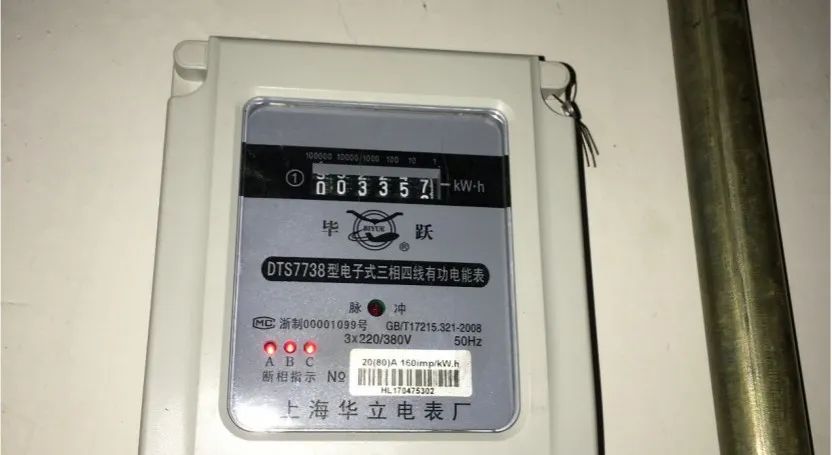
Used State Grid charging three times, with a total recharge of RMB 60, and now the balance is more than RMB 20.
Charged multiple times at Tesla Supercharging station, as it was free during the first half of the year, and received 1500 km free charging from a friend’s referral code in the second half. Currently, there is still 1181 km of usable charging balance, with a total cost of 0 RMB.
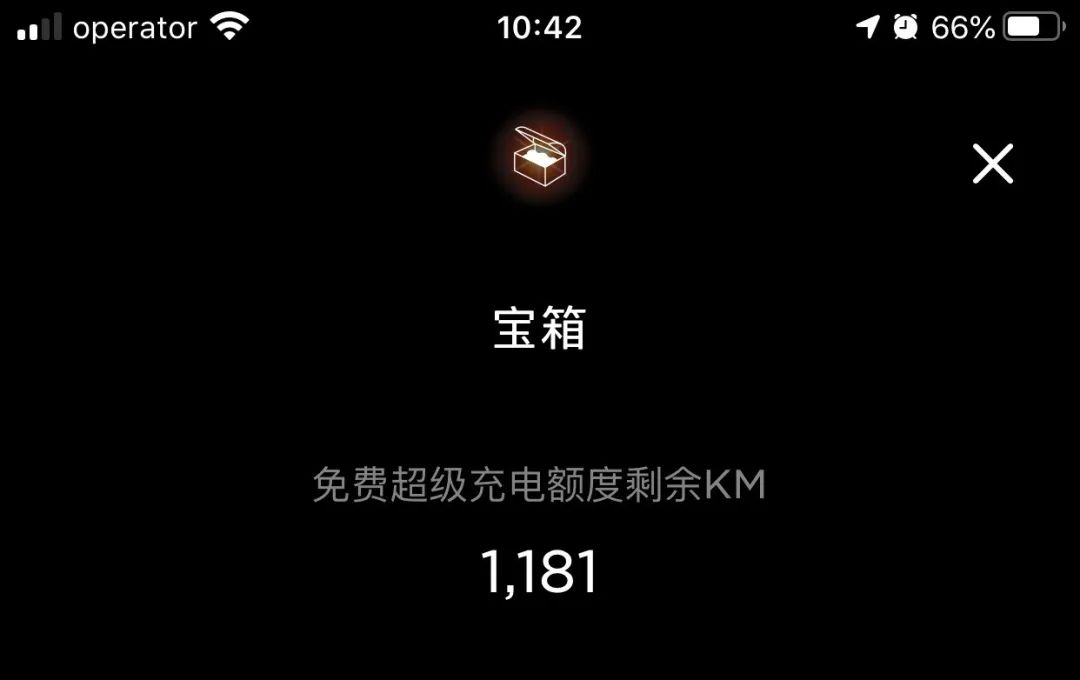
Replaced original car mats with Yuma’s silk circle mats for 500 RMB. Placed brushed film on the piano paint of the center console for 13 RMB, and also used the extra materials to place them on door handles to prevent them from getting dirty.

Placed tempered glass film on the center console touchscreen for 78 RMB, and replaced the air conditioning filter for 58 RMB a few days ago.

A nail punctured the tire on a poorly maintained road, and only after traveling 3 km with low pressure did the “leader” realize and receive a tire pressure warning.
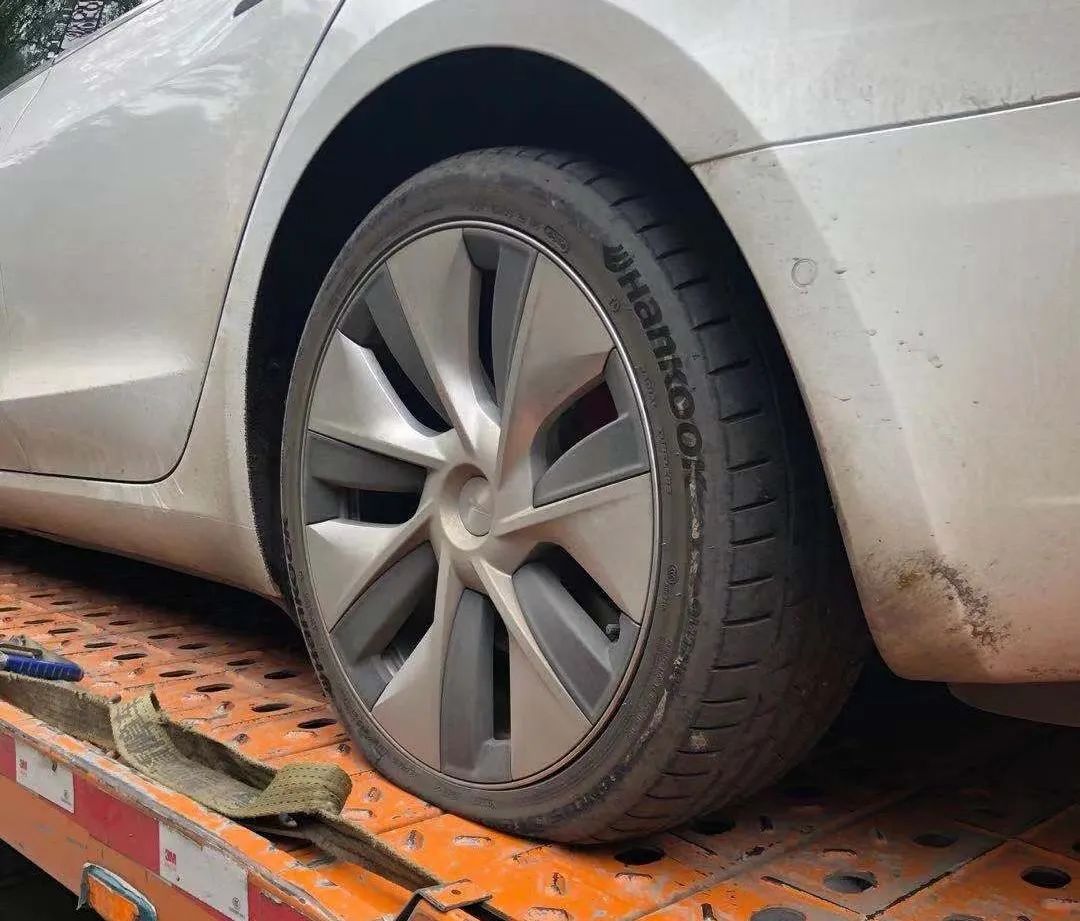
For safety reasons, a used performance-version tire from another Tesla owner who disassembled their car was replaced for 800 RMB.
Parking fee: Free for two hours on roadside parking in Chengdu, which saved roughly over 300 RMB.
First maintenance? Sorry, Tesla recommends the first maintenance should be done at two years or 40,000 km, which has not yet been reached.
This is the complete cost of driving for over 20,000 km this year.

Overview of Pros and Cons
- Pros# Only one thing to say, my daughter doesn’t get car sick anymore!
Even when I used to drive my previous fuel car slowly or make a few more turns on a mountain road, she would definitely feel sick and vomit. But now, even if I accelerate to 100 km/h or race along the Qiliping mountain road, she doesn’t feel any discomfort at all. According to her, it’s because there’s no gasoline smell.
* Cons
After asking “leadership” and my daughter for the downsides of the Model 3, they said there are “no cons”. But from my perspective, let me list a few:
-
Expensive! It cost over 600,000 RMB…wait, is this my downside? I mean, come on.
-
The performance edition wheel design is very ugly, thick with 90s vibe.

There is no option for another 19-inch wheel design, but it looks better after the wheel cover is added.
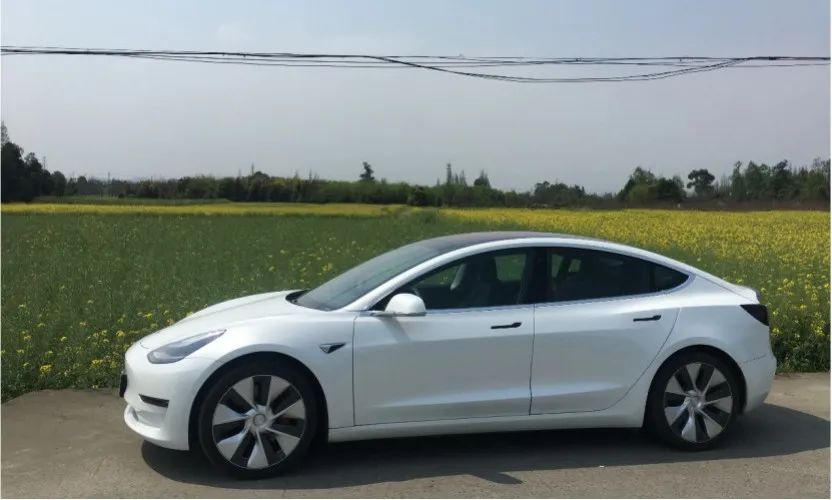
The tires are Hankook Ventus S1 evo 3, which is a low-end brand’s high-end model. It feels very poor. You know, the other models all use Michelin.
-
The real-time display for tire pressure when the tire pressure alarm starts is not available. It takes about 500 meters of driving before the data is displayed. I have never used other tire pressure alarms before, so I don’t know if they’re all like this, but this indirectly caused me to lose a tire.
-
The basic homelink hardware configuration means that the remote control lifter and lock I bought cannot be controlled by the homelink on the car. However, the Model S and X have this hardware, and the device costs an additional 2,000 RMB for installation after sales.
-
Next, I will mention a downside that most people may not care about, but I do. It is very difficult to dismantle the Model 3 air filter. It requires removing two baffles and using a stubby or turning screwdriver to remove a very cramped T20 screw in front of the passenger seat, facing downward in the head position. The air conditioning filter of the Model S/X cars is amazing in comparison.
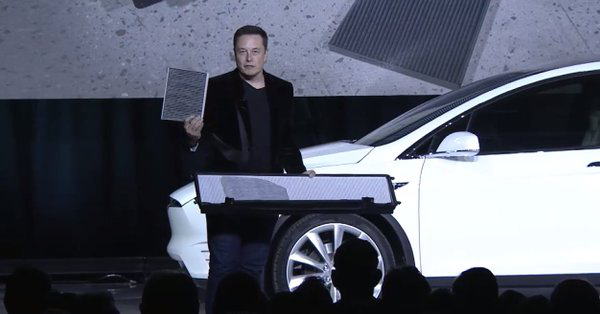
Compared with the other two models, Model 3’s original design is simply flawed. Even with my expertise in air purification technology, after modifying the filter and adding an F9 filter bag to the air inlet, I can only achieve individual digits for PM2.5 particles with recirculation. It is difficult to reach 0.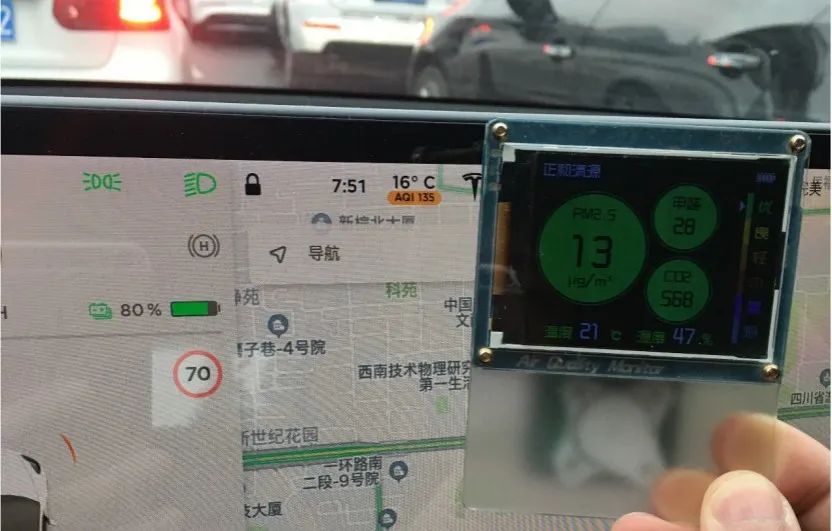
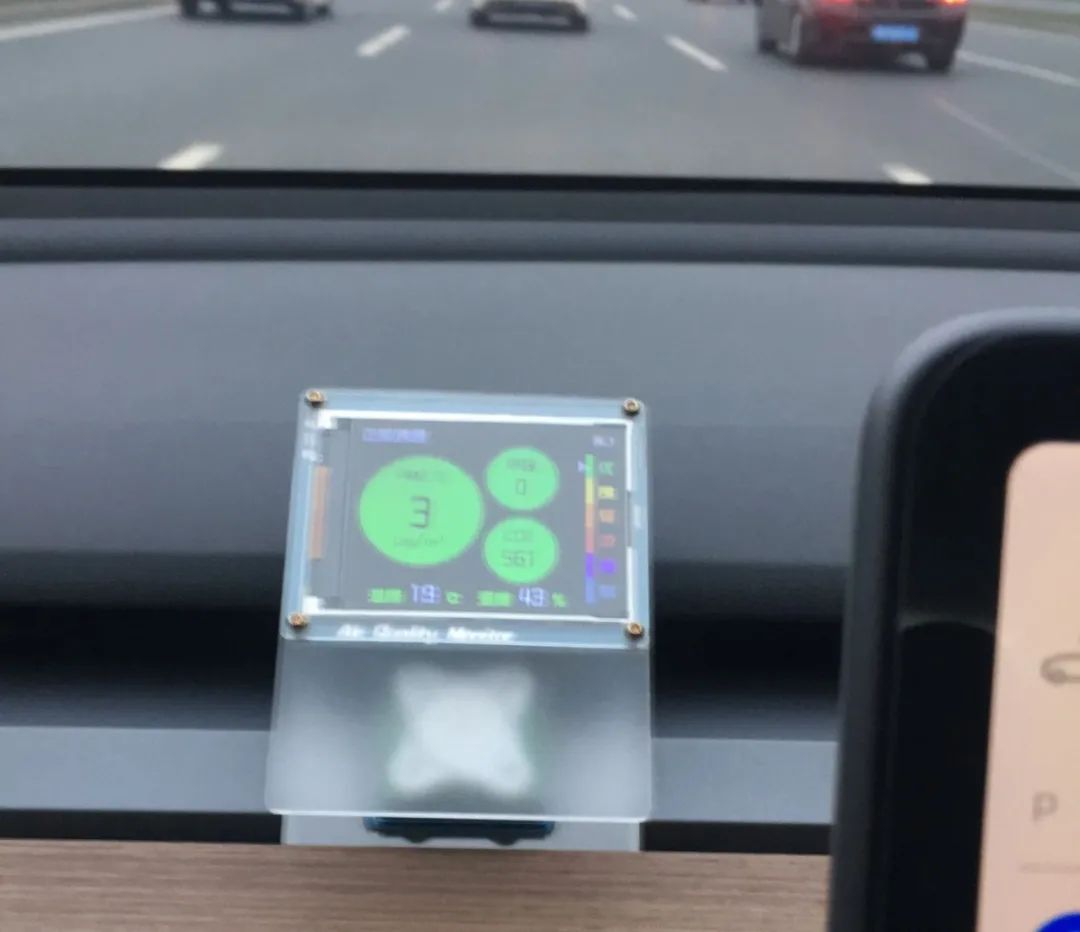
Disadvantages on software side
- Initially, the display of road conditions on the map was amazing to me, showing only congested areas and not showing clear areas. Afterward, it was changed to the same display method as all other maps, click on the road conditions and full of green screens. I don’t care where is clear and just want to know where is congested! Changing it to be the same as other maps is a step back in design.

-
The rain wiper controlled by visual algorithm sometimes becomes irrational, often turns on when I park in my basement garage. I hope this issue can be fixed with an update in the future.
-
The OTA upgrade sequence is neither based on the order of orders nor the order of delivery, but random. A bunch of people in the group have shown off new features, but I have not received the update push yet. This feeling is poor for me. You should know that I am a member of the IOS and Windows Developer Preview Plan and can receive the latest preview version of the system. But, I can’t apply to be a part of a Tesla test even I am willing to be a “guinea pig.”
-
OTA upgrades prioritize pushing to vehicles connected to wifi. I often open the hotspot on my phone and connect the car to the internet. If I park and shift to drive mode, the hotspot is disconnected, and there is no need for this illogical behavior.
-
For a smart electric vehicle, it is easy to generate a weekly or monthly report of charging records, but this function has not yet been realized.
A few more rumored disadvantages
Water droplets flow into the trunk from the glass when the trunk is opened on rainy days. Why would I open the trunk in the rain? Later, I watched a video of a Bentley trunk filled with water in the rain and realized this is not a problem.The wind noise and road noise are too loud. Some car owners in the group are complaining, but I didn’t notice it. Later, I found several decibel meters tested by Carrefour. When Model 3 was driving at the speed of 120 km/h, there was only a difference of 0.3 decibels compared to Bentley. I don’t think it’s a disadvantage.
Q&A Session
Here are a few questions that you may be interested in.
Question: Have you regretted buying a Tesla after a year?
Answer: I often cry quietly while driving, charging and even after parking the car, regretting that I didn’t work hard to make more money when I was young. So now, I can only afford a Model 3 priced at around 500,000 RMB. Besides Model 3, I want to buy S3XY series, Tesla’s pickup and Roadster 2, and get Tesla’s solar charging system for my villa.
Question: The price of Tesla’s domestically made standard version is now less than 300,000 RMB. Are you upset that you paid more than 600,000 RMB for your car?
Answer: Well, tell the C63 car owners that the C200 has been discounted, and they’ll tell you it’s not the same car. Besides, it’s normal for electronic products to be discounted. I bought a 420 MB Quantum hard drive for 2,000 RMB in 1995.
Question: You have driven your car for 20,000 kilometers in a year, and the battery must have degraded a lot. Don’t you need to replace it after 3 years?
Answer: That question might be intended for domestic electric vehicles. Panasonic, the world’s leading battery manufacturer, outstrips Chinese-made batteries by a large margin. The range of my high-performance model was displayed as 499 kilometers when it was fully charged, and now it shows 495 kilometers when fully charged. The degradation of 4 kilometers in a year can be completely ignored.
Question: How can you accept a car with no interior design?
Answer: You like Baroque luxury, I like Tadao Ando’s simplicity. It’s normal.
The world is inherently diverse, and there will always be people who have different preferences than yours. Moreover, the simplicity of Model 3 is only visual, not in terms of features. All necessary functions are available.
Q: Is it unsafe to operate the large screen while driving?
A: Most of the daily operations can be achieved through voice commands and steering wheel buttons. Moreover, all Tesla models come with active safety devices, including collision warning, lane departure warning, automatic emergency braking, and automatic driving assistance. With these devices, operating the screen is no more dangerous than operating physical buttons on a regular car.
Q: How does the driving experience compare to driving a petrol-powered car?
A: The difference is that accelerating and decelerating is completely stress-free. I have been driving petrol-powered cars for 9 years and have only driven to places like Chongqing and Langzhong, with a maximum of 10,000 kilometers traveled per year. With Tesla, I have driven 20,000 kilometers in just one year. I now want to go on long trips whenever I have some spare time. I even planned to drive to Heilongjiang province to participate in the Tesla winter ice and snow track activities during the Spring Festival, or to Beijing to eat potato roasted beef at the Moscow restaurant. Unfortunately, this plan was canceled due to the epidemic.
Q: Do you use the autopilot feature often while driving?
A: Yes, I use it to commute to work on the Third Ring Road every day, unless I feel that it’s driving too slowly and I want to be more assertive on the road.
Q: How does the physical and mental fatigue compare between driving long distances in Model 3 and a petrol-powered car?
A: I drove a Jetta once for 800-900 kilometers to Yichang, and I was exhausted when I arrived. However, when driving a Tesla with autopilot assistance, I arrived full of energy, and I continued to play, eat and drink for fun. The next day, I even drove over a thousand kilometers to Zhuhai.
Q: Is there any driving pleasure in Model 3?
A: When I was young, I thought that driving a manual shift car was more fun than driving an automatic car because manual shift could accelerate almost a second faster than an automatic transmission of the same model. Coordination with heel-and-toe movement was cool in front of my girlfriend. As the saying goes, “The operation is as mighty as a tiger, but the speed is eighty-five.”
However, with this high-performance version of Model 3, anyone who sits in it and accelerates will open a world of driving pleasure. The previous ones were just self-satisfactions.
Q: Would adding a heads-up display for speedometer make a big difference?
A: Before I picked up the car, some owners in the chat group often discussed this topic. After I picked it up, hardly anyone talked about it.
Q: What do you think about the HW2.5 chip controversy that was making a buzz a few days ago?
A: I bought Fully Self-Driving Capability (FSD) futures and can upgrade to a 3.0 chip for free. So, I’m not concerned with it.Question: Would you recommend your friends to buy electric vehicles other than Tesla?
Answer: No!
Question: Would you recommend your friends to buy Tesla?
Answer: I wouldn’t actively recommend it, but if my friends show some interest and ask for my advice, I would suggest it.
Closing Words
That’s it for this year’s summary. As usual, I won’t follow the norm and won’t provide any recommendation links. You can buy it or not, it’s up to you! Thanks for reading!


This article is a translation by ChatGPT of a Chinese report from 42HOW. If you have any questions about it, please email bd@42how.com.
